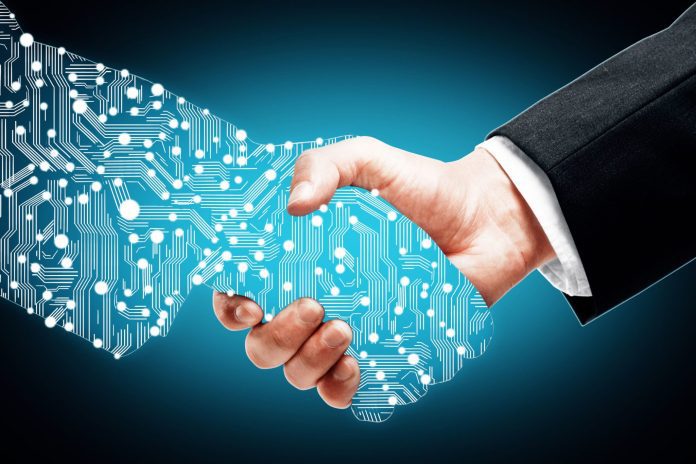The internet of things (IoT) plays a key role in digital transformation in the enterprise segment. With the right level of integration, IoT acts as a bridge between the physical assets and the IT infrastructure. IoT technologies are key elements to improve the efficiency of supply chain management and material resource planning. The implementation of asset tracking, remote monitoring, and predictive maintenance are enabling organizations to realize a better return on investment.
According to i-Scoop, the internet of things is one of the key digital transformation technologies. “If we look at digital transformation technologies as technologies which enable, drive and accelerate digital transformation, business creation and improvements in the ways we work, live, entertain ourselves and connect, the internet of things is probably the most impactful and vast of them all. This is certainly the case in the industrial internet of things segment,” i-Scoop said in a report.
According to the latest updates from companies like Gartner, IDC and Forrester, there will be between 20 and 30 million connected devices by 2020.
“While devices and connectivity are of course all important, whether it’s in the Industrial Internet of Things or the Consumer Internet of Things where the device obviously has an additional dimension, in the end the Internet of Things is an umbrella term. It covers many things, and at the same time is part of a bigger ecosystem of technologies and value. Data, why we capture it using IoT and how we turn it into knowledge, matters a lot,” i-Scoope said.
The firm also highlighted that big data analysis, the cloud and other related technologies to enable this move from data to knowledge to outcome are all key digital transformation technologies.
According to IDC, the technology underpinning the internet of things -acquiring, analyzing, and activating data – is an essential element of generating innovative experiences and transforming operating models. According to IDC’s 2015 Global IoT Decision Maker Survey, 58% of organizations worldwide see the IoT as strategic to their business. Another 24% of organizations see IoT as transformational to their business.
IDC believes that IoT will be part of several initiatives related to digital transformation, but these initiatives will not be IoT projects. Rather, they will be specific industry use cases that deliver specific value. The consultancy firm has categorized compelling current and future use cases into three broad groupings:
-Strategic asset management: Monitor the status, location, and movement of physical assets owned by the organization to increase performance, efficiency, safety, security, and throughput of individual assets and groups of assets. Assets may be maintained and managed; the focus is on the asset, including risk management and security of that asset.
-Consumer/customer experience: Provide a contextualized and personalized consumer/customer experience based on information collected about the customer, consumer, or employee. This relationship is B2C when the end user is a consumer and B2B when the end user is a business customer. The focus is on the customer experience, including physical safety and security.
-Product and service experience: Enhance a product or deliver a service based on an IoT-enabled product. This involves collaboration and shared systems and extends from the product inbound supply chain to the ongoing delivery of the product or service. Information flow can be machine to machine or machine to human. This use case may be B2B or B2C.

